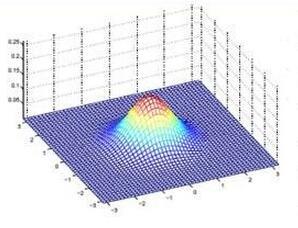The likelihood ratio test is widely used in exploratory factor analysis to assess the model fit and determine the number of latent factors. Despite its popularity and clear statistical rationale, researchers have found that when the dimension of the response data is large compared to the sample size, the classical chi-square approximation of the likelihood ratio test statistic often fails. Theoretically, it has been an open problem when such a phenomenon happens as the dimension of data increases; practically, the effect of high dimensionality is less examined in exploratory factor analysis, and there lacks a clear statistical guideline on the validity of the conventional chi-square approximation. To address this problem, we investigate the failure of the chi-square approximation of the likelihood ratio test in high-dimensional exploratory factor analysis, and derive the necessary and sufficient condition to ensure the validity of the chi-square approximation. The results yield simple quantitative guidelines to check in practice and would also provide useful statistical insights into the practice of exploratory factor analysis.
翻译:可能性比率测试被广泛用于试探系数分析,以评估模型是否适合并确定潜在因素的数量。尽管其受欢迎程度和明确的统计理由,研究人员发现,当答复数据与样本规模相比范围大时,可能性比率测试统计数据的典型奇夸近似值往往失败。理论上,当这种现象随着数据层面的增加而出现时,它就是一个尚未解决的问题;实际上,在试探系数分析中,对高维度的影响的检查较少,而且缺乏关于传统奇夸丽近似值有效性的明确统计准则。为了解决这一问题,我们调查高维度试探系数分析中概率比率测试的奇夸近似值失败,并得出必要和充分的条件以确保奇夸近似值的有效性。结果产生了简单的量化准则,可以在实践中加以检查,并且还能为探索要素分析实践提供有用的统计见解。



